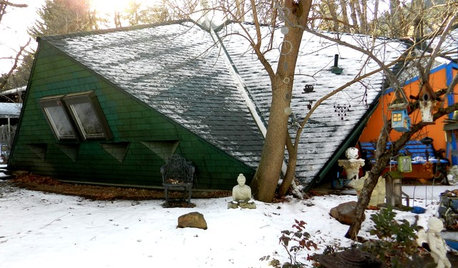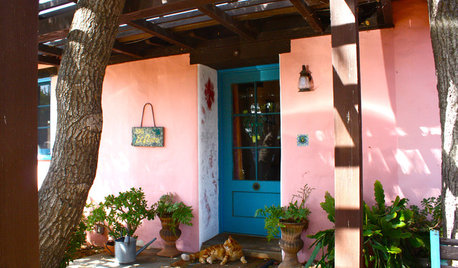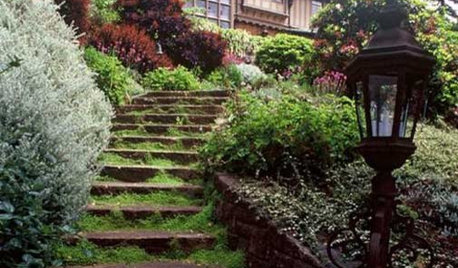Trip into a wild wonderland
snasxs
11 years ago
Related Stories

ECLECTIC HOMESHouzz Tour: Wild Ideas in the Windy City
When bold art meets great architecture and interior design, something wonderful happens
Full Story
LIGHTINGHouzz Tour: An Indian High-Rise Trips the Light Fantastic
Surreal colored lighting and an ubercontemporary design make an apartment near Mumbai dance with drama
Full Story
LANDSCAPE DESIGNRediscover Your Inner Child With a Garden Wonderland
Bring the joy and curiosity of childhood to your grown-up garden, designing your plantings, materials and structures with wonder in mind
Full Story
HOUZZ TOURSMy Houzz: Wild Triangular House in Boulder
Bold colors and eclectic vintage finds meet at every angle for a Colorado homeowner
Full Story
FUN HOUZZ31 True Tales of Remodeling Gone Wild
Drugs, sex, excess — the home design industry is rife with stories that will blow your mind, or at least leave you scratching your head
Full Story
EXTERIOR COLOR18 Home Exteriors Gone Wild With Color
Technicolor dreams play out beautifully with these exterior paint jobs, showing that color confidence has its rewards
Full Story
GARDENING FOR BIRDSWild Birds Transform a Woman’s Garden and Life
How Sharon Sorenson created a wildlife haven and became the Bird Lady of Southern Indiana
Full Story
DECORATING GUIDESExpert Talk: Walk on the Wild Side With Animal Art
Bring untamed power and energy to your interiors with sophisticated, personal or just darn cute animal art
Full Story
HOUZZ TVHouzz TV: First Comes Love, Then Comes a Wildly Colorful Mosaic Home
This couple spent two decades covering their home inside and out with brightly colored mosaic tile, vibrant paint, small toys and more
Full StoryMore Discussions







karin_mt
flora_uk
Related Professionals
Franconia Landscape Architects & Landscape Designers · Lowell Landscape Architects & Landscape Designers · Seabrook Landscape Architects & Landscape Designers · Surprise Landscape Contractors · Allentown Landscape Contractors · Andover Landscape Contractors · La Vista Landscape Contractors · Lorain Landscape Contractors · Lynchburg Landscape Contractors · Paramount Landscape Contractors · Tustin Landscape Contractors · Twin Falls Landscape Contractors · Wells Landscape Contractors · West Haverstraw Landscape Contractors · Raytown Landscape Contractorshudsonriverbug
socks
wieslaw59
mytime
snasxsOriginal Author
snasxsOriginal Author
wieslaw59
snasxsOriginal Author
wieslaw59
terrene
mxk3 z5b_MI
snasxsOriginal Author
mytime
Tiffany, purpleinopp Z8b Opp, AL
snasxsOriginal Author